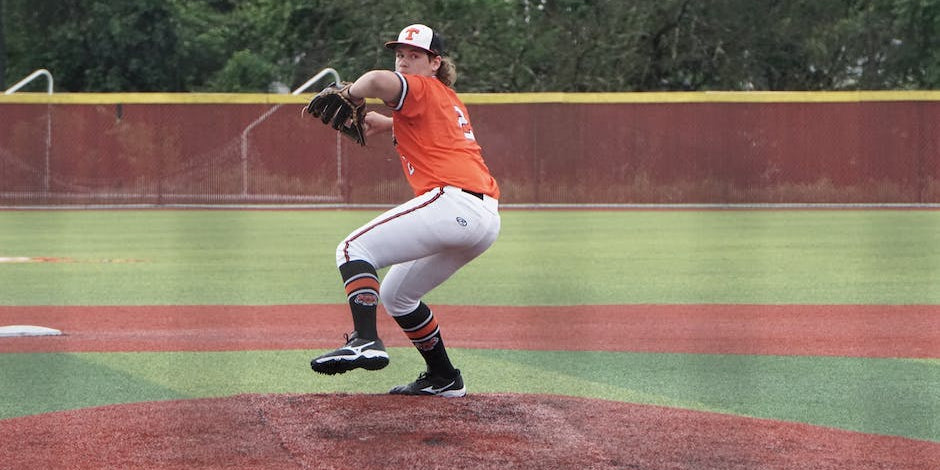Who Threw The Fastest Baseball Pitch In The World?
Baseball - a game of power, skill, and speed. Most particularly, speed. That heart- stopping cinematic moment when the pitcher winds up, and then, in a blur, hurls the ball towards home plate . It's a thrill like no other. Many fans and players often find themselves posing the question, "Just how fast can a pitcher throw?"
Across the globe, records have been set and broken, all in the pursuit of the title - the pitcher with the world's fastest pitch. In this piece, we aim to explore this electrifying aspect of baseball, delving into the mechanics, physics, as well as the people behind the fastest pitches ever recorded in the history of the game. Let's embark on this journey together, as we look at the fascinating world of power-pitching, and speed...inside the diamond.
History of Baseball Pitch Speed Measurements

Photo by Kelly on Pexels
The history of baseball pitch speed measurements is undeniably fascinating.
It all began in the early 20th century, with primitive speedometers and estimations. Though rudimentary, they provided a base for gauging fast pitches.
Then came the era of radar guns in the 1970s. These devices, initially used for traffic surveillance, transformed the way speed was measured in baseball. Their adoption in major leagues paved the way for more accurate record-keeping.
The progression didn't stop there, however. The quest for precision led to the introduction of PITCHf/x in 2006. Installed in all 30 major league stadiums , unbelievably, this system tracks each pitch's velocity, break, and location.
Undoubtedly, as technology continues to advance, we can expect further evolution in baseball pitch speed measurements. The future certainly holds great excitement for baseball aficionados.
The Importance of Speed in Baseball Pitching
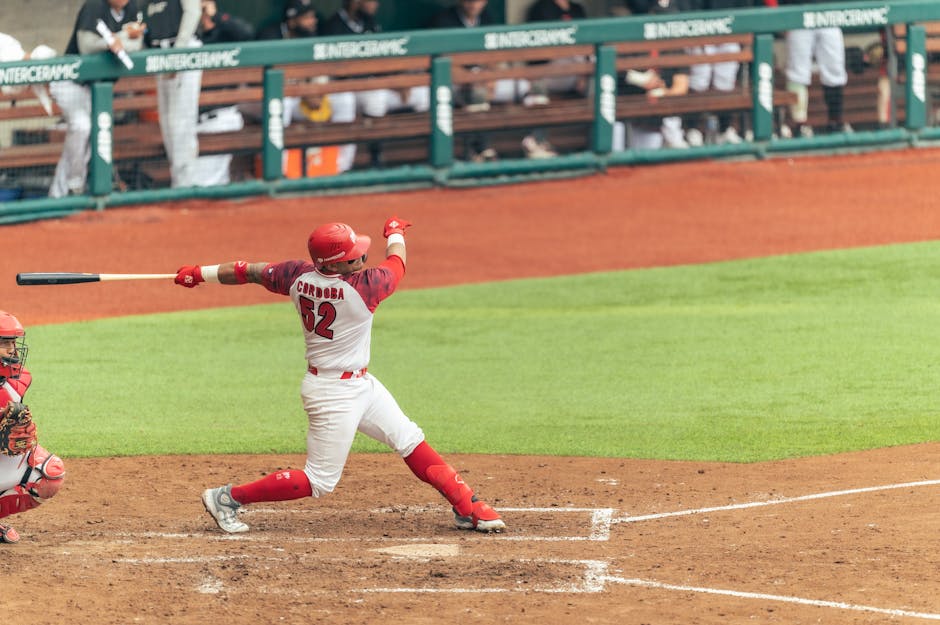
Photo by Israel Torres on Pexels
Speed in baseball pitching plays a vital role in the game that often goes unnoticed .
A speedy pitch can be a game-changer - it not only adds an element of surprise but also blurs the batter's vision, causing a missed hit. The milliseconds saved due to higher velocity could make the difference between a home run and a K.O.
However, speed alone won't win the game. Precision, strategy, and technique, coupled with speed, create the perfect pitch.
Remember Nolan Ryan's record-breaking fastball - speed redefined. He blurred the lines between fast and "unhittable", thus setting a benchmark in the world of baseball.
So, while speed is essential - it's not just about throwing the fastest pitch in the world. It's about using speed effectively, being consistent, and most importantly, knowing when to use it to your advantage.
Remember - speed, when wielded right, can be your ultimate weapon on the diamond.
Factors that Contribute to a Fast Baseball Pitch
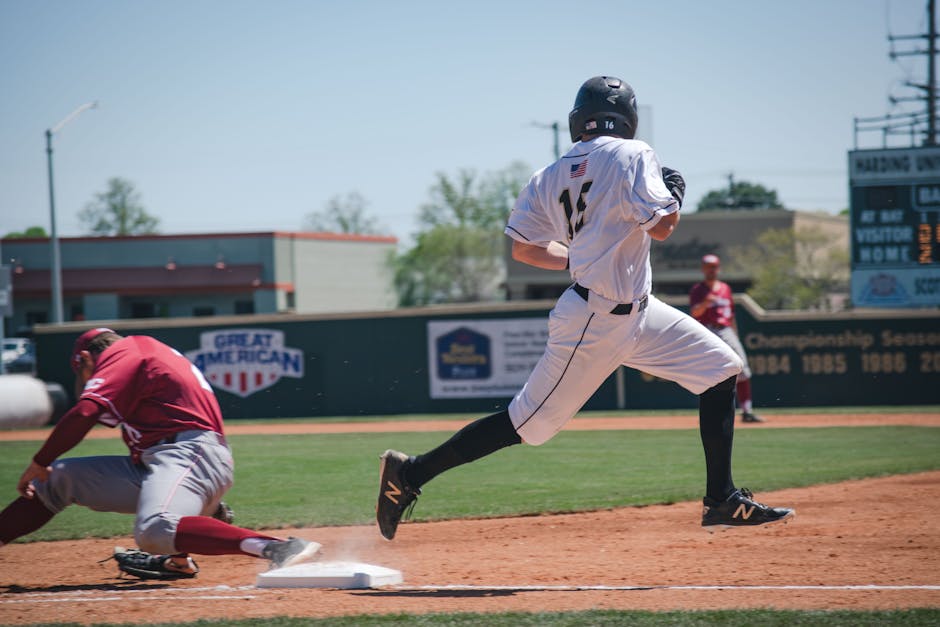
Photo by Stanley Morales on Pexels
There are several factors contributing to a powerful and fast baseball pitch .
Firstly, the player's arm strength plays a vital role. The stronger the arm, the faster the baseball will travel.
Next, perfect timing and motion are integral. Pitches are not just about force; synchronized and fluid movements boost the speed and spin of the ball.
Another critical aspect is grip. Finding the sweet spot on the seams to apply pressure can add considerable velocity.
The pitcher's size and leg strength also influence the pitch speed. Taller players with strong lower bodies tend to pitch faster, as leveraging their body mass is easier.
Lastly, practice is instrumental. Regardless of natural ability or physical attributes, mastering the art of a fast pitch requires consistent practice . Steering these elements effectively can lead to the fastest baseball pitch in the world.
Methods Used to Measure Baseball Pitch Speed
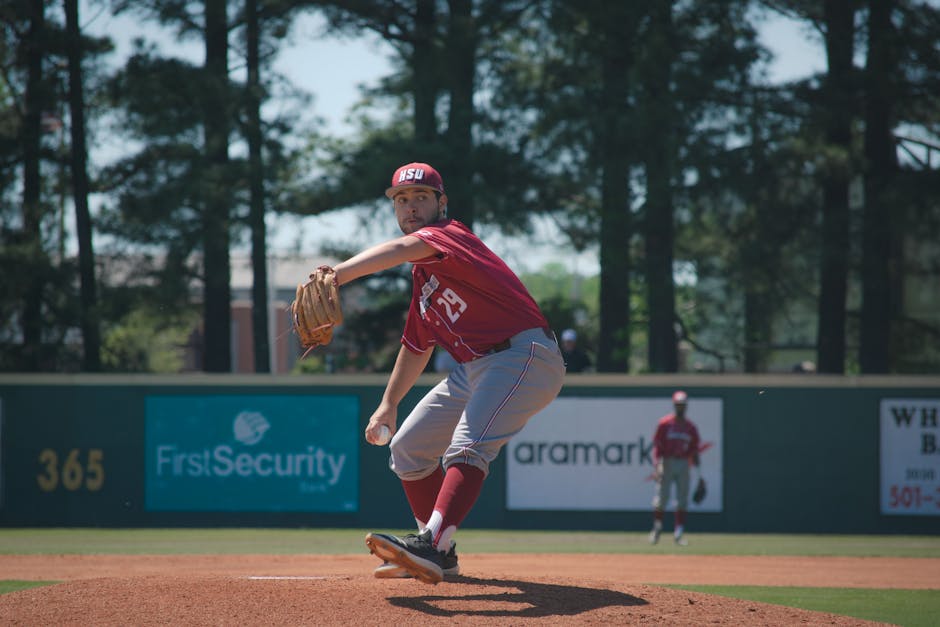
Photo by Stanley Morales on Pexels
Baseball pitch speed is primarily gained using two prevalent methods : radar guns and pitch tracking systems.
Radar guns, used in law enforcement and sports, measure the pitch speed. The radar gun emits a radio wave that bounces off the baseball, and the speed of the ball is calculated via the Doppler Effect.
On the other hand, pitch tracking systems, such as the PITCHf/x and TrackMan combine, use multiple cameras and Doppler radar to track the ball's entire trajectory. These methods create a detailed view of the pitch, and its speed is calculated at various points during the journey from the pitcher's hand to the plate.
These highly accurate methods ensure fair play and inspire competitive spirit to break records and achieve the title of "Fastest Baseball Pitch.
Nolan Ryan: The First Recorded Fastest Pitch
Nolan Ryan, a name synonymous with speed and power in the world of Major League Baseball. His legendary arm, back in 1974, blasted what is touted as the first fastest pitch ever officially recorded in the annals of baseball history.
Ryan's famed delivery, clocked an eyeball popping 100.9 mph, an impressive figure unmatched for years. This baseball titan, named the 'Ryan Express', redefined pitching with his raw power and precise control.
Pitching for the California Angels at the time, Ryan's magic moment occurred during a match against the Detroit Tigers. It was a pitch that would etch his name in baseball lore forever.
Nolan Ryan's legacy, marked by that searing pitch, continues to inspire countless future baseball stars . His monumental record paints the picture of a man who pushed the boundaries, transforming our understanding of what is humanly possible on a baseball field.
Aroldis Chapman: Current Holder of the Fastest Baseball Pitch Record

Aroldis Chapman, the Cuban-born left-handed pitcher, currently holds the distinction of delivering the fastest recorded pitch in baseball history.
Renowned for his remarkable pitching speed , Chapman made history on September 24, 2010, during a game against the San Diego Padres. In a moment that left fans in awe, Chapman hurled the baseball at an unprecedented speed of 105.1 mph.
To put this in context, the average Major League fastball moves at around 92 mph. This underlines the extraordinary ability of Chapman, making him unequaled in the realm of baseball, even a decade later.
It's not just the record-breaking pitch speed that sets him apart. Chapman's consistency in maintaining high-velocity pitches is equally noteworthy, making him a stellar asset to any team. His record remains an intriguing element of baseball, awaiting a worthy challenger.
The Impact of Aroldis Chapman's Record on the Game
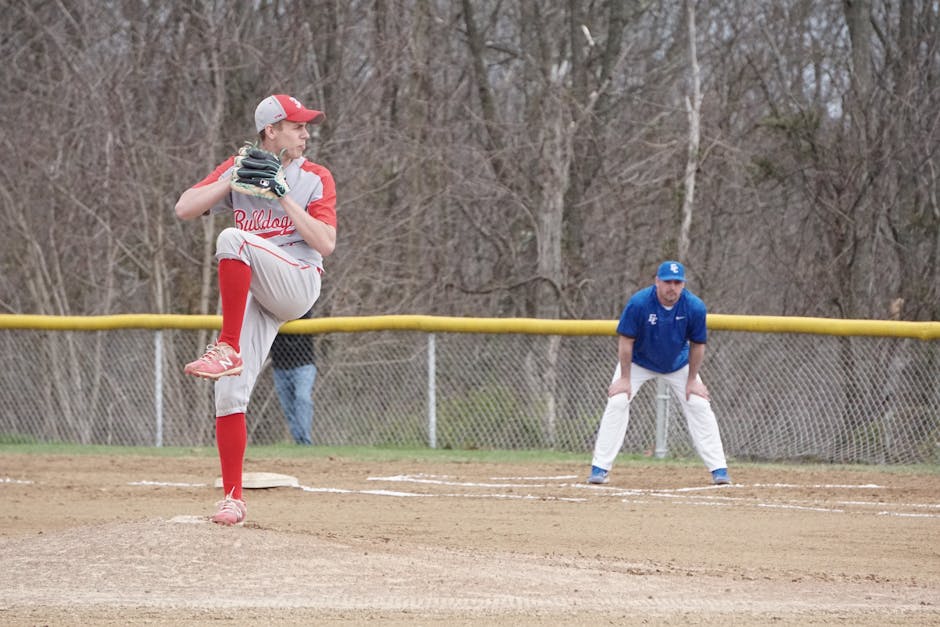
Photo by Mark Milbert on Pexels
Aroldis Chapman's record- breaking pitch redefined baseball 's speed limits, leaving an undeniable impact on the game.
His 105. 1 mph fastball didn't only turn heads but also recalibrated the expectations from both players and fans, resulting in higher standards for pitching speeds. As part of this ripple effect, teams now prioritize identifying and nurturing fast-throwing talents, ushering a new era of high-velocity pitchers.
At the same time, the batters had to elevate their game to cope with blistering fastballs. This requires improved hand -eye coordination and quick decision-making, adding a new challenge to the batter's job.
With that one pitch, Chapman indirectly made the game more dynamic, stretched the players' boundaries, and heightened the thrill for spectators. His record speed pitch, hence, will forever be a monumental moment in baseball history.
Safety Concerns Regarding Fast Pitches in Baseball
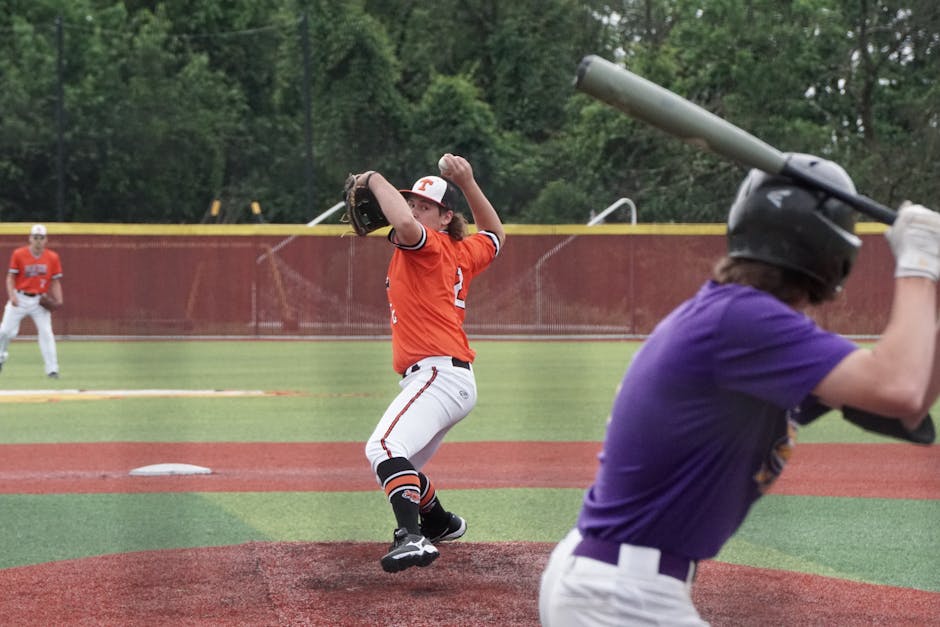
Photo by Mark Milbert on Pexels
In light of the phenomenal velocity associated with the fastest baseball pitch in the world, numerous safety concerns come to the surface.
High- speed baseball throws could result in significant harm if they impact a player. The physical effects can range from serious fractures to potential concussions - a grim scenario, indeed.
Moreover, pitchers themselves are not exempted from risks. The force exerted during rapid-fire pitching can strain muscles and ligaments leading to acute injuries or chronic conditions.
Considering the occupational hazards, protective gear and rules become paramount to player safety. Furthermore, emphasis on proper conditioning and pitch restraint can reduce injuries.
In a nutshell, while speed is exhilarating and crowd-pleasing, the association of heightened safety risks cannot be undermined. The onus lies with the players, coaches and relevant governing bodies to addressing these concerns effectively.


